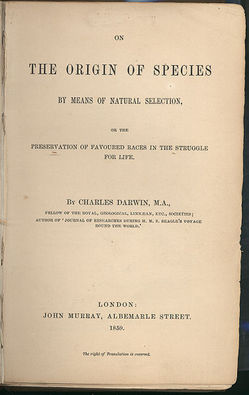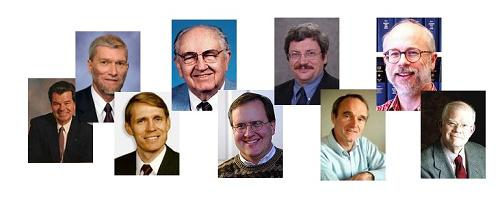As I drank my coffee and munched on my toast I felt a little lonely as I adjusted to this new person sitting across from me. She was bitter. The Church, she felt, had lied to her. Having purposely distorted the real world, it had kept her enclosed in the bubble. Upon emergence, she looked back and saw the layers around it, not as a protective shield, but as impenetrable barriers which would forever prevent her re-entry. She would never go back. She had lived in a fairy-tale world. I was no longer her mentor. I was a perpetrator of that which she now regarded as an ephemeral event–a dream in her past.
Darrel Falk begins his paper “Barriers to Accepting the Possibility of Creation by Means of an Evolutionary
Process: III. Concerns of the Typical Agnostic Scientist” (the fourth posted white paper from our November workshop) by describing a breakfast conversation he had with a former student who had abandoned her faith after going to graduate school. As the paragraph above shows, the student felt that the bubble created by some Christians to supposedly “protect” themselves from the world outside had become a barrier to her instead, making it impossible for her to ever return to the faith of her youth.
Lamentably, as Falk notes, the layers of this bubble come not from the Bible itself, but are artificially propped up by our own Christian culture. His paper looks at five of these artificially constructed layers, which unnecessarily serve to block the entry — or reentry — of agnostic scientists into the realm of evangelicalism.
According to Falk, the five layers of this bubble are:
- The story of Adam and Eve must be viewed as history
- A God who is love would not create through a process that includes suffering and death
- Science explains it all–there is no need for God in the history of life
- Augustine’s Warning (against using scripture in matters in which a speaker knows relatively little)
- As it relates to science and faith, Christians are perceived as people who distort facts and lack integrity
The full paper discusses these layers in further detail, explaining how they come from human rather than scriptural construction. Ultimately, as Falk concludes, it is the task of the church to remove those layers that will continue to have devastating consequences on human life unless steps are taken to remove them now. Until then, many more may find that the bubble which once protected their faith now makes it impossible for them to return to it.
Falk’s essay, along with several other white papers from our November workshop, can be found in our Scholarly Essays section.

